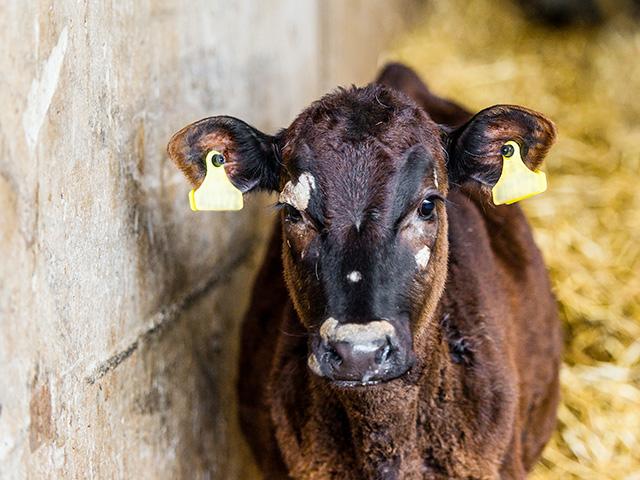Ask the Vet
Ringworm Remedies
READER QUESTION:
I have a herd of Brahman-influenced cattle in Georgia. We have never had to deal with ringworm, but this year, I bought 50 black, 600-pound heifers from sale barns. Of that group, about six have signs of ringworm. I've read a good bit on cures, like the idea that warm weather helps. But what can I do about the areas around their eyes?
DR. MCMILLAN'S ANSWER:
Ringworm, or dermatophytosis, is a common problem with livestock. It can be caused by many fungal species, but the most common is Trichophyton verrucoum.
P[L1] D[0x0] M[300x250] OOP[F] ADUNIT[] T[]
These fungal organisms reproduce by spores that infect other animals when they rub against each other or on contaminated objects in the environment. Spores can survive for years on trees, fencing, barns, feed bunks, hay rings, show equipment and any other object. Ringworm is most common on calves, in winter, and in temperate climates.
It presents gray-white scaling patches of hair loss. Lesions are often around eyes but may also appear on the face, chest, trunk and legs. Several species of ringworm can be transmitted to humans. With any ringworm outbreak, always look at the overall health of the animal first. Quality nutrition, including minerals, is critical for the immune system to help get rid of infection. Always treat for external parasites, including lice, mites and flies, as anything that makes cattle itch can damage skin, opening a door to ringworm.
You are correct about warmer weather helping. Many times, ringworm self-cures with warm weather and shorter hair coats. Cattle also tend to congregate less in close quarters during warmer months.
The only practical treatment for ringworm is topical. Betadine, 2% iodine, chlorhexidine, lime sulfur and topical antifungal ointments can be used. For these treatments to be effective, crusts and scales must be removed by brushing, scraping or scrubbing. At least two treatments, three to five days apart, are recommended. These treatments can be used around the eyes, but they should not get into the eyes. Collect the crusts or scales you remove and burn or properly dispose of them.
Clean all equipment and common areas, including chutes, pens and alleys. Environmental treatment helps reduce future cases. Remember, any place cattle may have rubbed can be contaminated.
Many products labeled to treat ringworm in the environment have not been proven effective. Household bleach at a 1:32 concentration (one-half cup of bleach to 1 gallon of water), Virkon S, and accelerated hydrogen peroxide products such as the Rescue line, can be effective. Before spraying, remove as much organic material as possible by scrubbing with detergents and/or pressure washing. Steam pressure washing is best.
**
Editor's Note:
Please contact your veterinarian with questions pertaining to the health of your herd or other animals. Every operation is unique, and the information in this column does not pertain to all situations. This is not intended as medical advice but is purely for informational purposes.
Write Dr. Ken McMillan at Ask the Vet, 2204 Lakeshore Dr., Suite 415, Birmingham, AL 35209, or email vet@progressivefarmer.com.
(c) Copyright 2023 DTN, LLC. All rights reserved.






